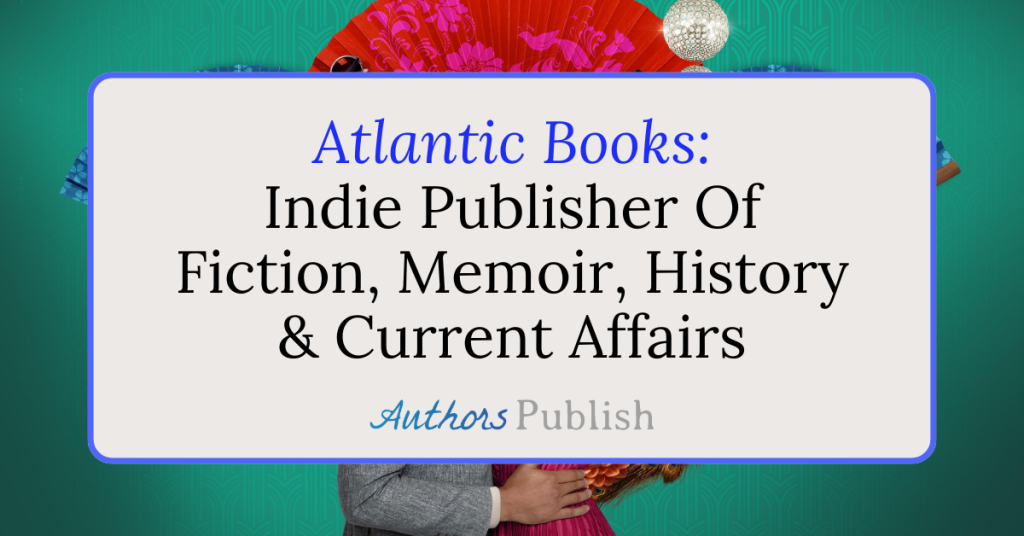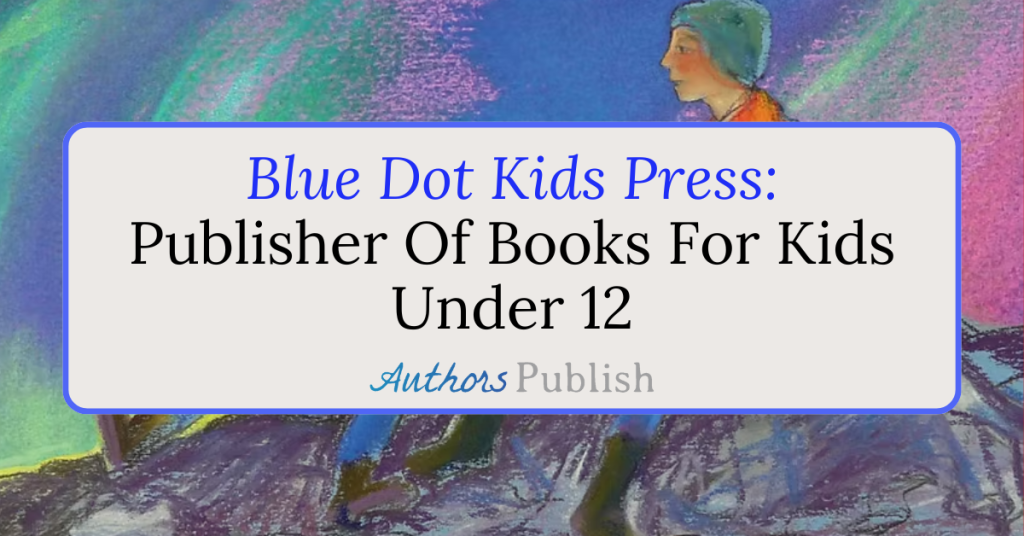I was a writer for over a decade before I realized the important role submissions play in being a writer. I don’t know why I expected an editor to arrive at my door with a request for my work.
In fact, if an editor or publisher you don’t know approaches you in order to publish a manuscript you never submitted to them, it is not a good sign. It is a giant red flag. Legitimate traditional publishers don’t approach you. If they have read your work in a literary journal, or know your work through a reading series, that is an entirely different story. If they have never read any of your work and you have never heard of them, proceed with caution.
Thankfully, I have gotten to the point in my poetry career where editors at literary journals send me requests to publish my work, but those editors have seen my work published in other literary journals. If you have a blog with three followers and a publisher approaches you seeking your work, do a lot of research before saying yes.
The best way to get a good, legitimate, traditional publisher is to start submitting. This takes time and patience. Most manuscript publishers take around six months to get back to you. There are exceptions to this, and this list focuses on manuscript publishers that respond within three months. The same goes for literary journals, although we have put together this list of literary journals that respond within a month.
Even if a manuscript publisher accepts your manuscript within three months, in all likelihood it will not be published till the next year, sometimes even the year after that. Traditional publishing takes time and patience. Not just during the submission process but after it as well.
So if you want your manuscript to be traditionally published but also to publish some work this year, focus on submitting to literary journals. If you really want your manuscript to be published this year, the only guaranteed route forward is self-publishing.
Because of that, this article only focuses on publishing in literary journals and self-publishing. That said, if you want to be published next year, you should start to submit to manuscript publishers now. You can learn more about submitting to manuscript publishers here.
The thing about traditional publishing, particularly short stories and poetry, is that publishers expect you to have previously published at least some of the stories and poems in your manuscript in literary journals.
If you are novelist, publishing in literary journals is helpful but it is not expected to the same degree. If you want to publish a section of your unpublished or published novel in a literary journal, this article might be helpful.
Even if you are early on in your journey as a writer, you lose nothing by submitting as long as you do so to legitimate publishers. You can also end up learning a great deal.
The article is divided into two parts. The first part focuses on literary journals and the second focuses on self-publishing.
Even if you self-publish manuscript length work, publishing shorter work in literary journals can really help you legitimize your career as an author. You can promote your self-published work in literary journals by including a link to it in the biographical statement that all literary journals include.
Literary Journals
Before you submit anywhere, go through your work and pick out work that you would like to publish. If you have a hard time judging your own work, I highly recommend joining a writing group and getting feedback from the members. At first picking what to submit is the hardest part, but it gets easier over time.
After you have picked the work you will be submitting, spend time editing each piece. If you are submitting to poetry publishers you generally submit between 3-5 poems to every journal. If you are submitting short fiction or non-fiction, submit just one piece per journal. For more advice specific to poetry publishing, this article is helpful.
Most literary journals do not copy edit their work thoroughly. They expect it to be copy edited and polished before submission.
It is important to create a cover letter and bio that you can send out to all the literary journals. You should keep the cover letter and biographical statement in a file so you can easily use them again and again.
Your cover letter should be brief and to the point. It should be no longer than three sentences in length, unless the journal specifically requests additional information.
Most biographical statements should be 50 words in length or less. They are always written in third person. This article on biographical statements can help you work on composing yours.
The next thing you have to do is find a literary journal to submit to. We review at least one literary journal every week. But there are lots of other places you can find literary journals. A good place to start is The Submission Grinder.
Also, the lists we have published of journals that are approachable, and journals that are good for new submitters might be helpful.
Once you find a journal that seems right for your work, you have to actually submit your work. Most journals accept electronic submissions now via email or a submission manager, and both methods are easy to use. Make sure you follow the guidelines on the website when submitting. For example, if the literary journal says they do not publish poetry, don’t submit it. If they say they only accept .doc attachments, don’t send a PDF.
Once you have followed the literary journals guidelines and provided all of the information they have asked you for, all you have to do is press send (or place the stamped envelope in the mail).
Always write down what work you have submitted, where, and when. That way if your work is accepted at one place you don’t accidentally submit it elsewhere.
Now that most literary journals accept simultaneous submissions, it is easy to submit to multiple places at once.
Before you start submitting to literary journals, you should read this article about the number one mistake most people make when they start submitting. Also, this article focusing on the mistake that poets tend to make when submitting is also very helpful.
Self-publishing
This is the only route where you entirely avoid the submission process. When you self-publish, you become the publisher by saying yes to your own work.
I am going to be very clear out the two biggest pitfalls of self- publishing. The first is that many people conflate self-publishing with vanity publishing (which I do not recommend). The second is that once you self publish a book very few traditional publishers will be open to publishing it (unless you sell a ton of copies).
If you want to traditionally publish I really encourage you to submit your manuscript to agents and/or publishers first, and if that doesn’t work, consider self-publishing. If traditional publishing is not your goal, dive right into self-publishing. The cheapest way to self-publish (in fact it is free) is electronically. Kindle Direct Publishing (KDP) is a good place to start, although there are other options as well. But most authors want their books available to read on Kindle because it is the most popular eReader and app for reading books.
KDP’s website walks you through the process and usually books are available on the marketplace within 24 hours. It doesn’t get much faster than that.
If you really want to have physical copies of your book, CreateSpace used to be the best option, but it is now part of KDP, and not really a separate entity. However out of all the print on demand places I have tried, they do the best job consistently. It is also rather reasonable. You only pay for the copies of the book that you want.
The important thing if you are self-publishing is to know that if you want to sell a lot of copies you are going to have to do at least two things. The first is make sure that your book looks professional.
This involves professional editing. It is much cheaper to use an editor you find rather than relying on editing provided by a larger company. It is also important for your book to be properly formatted and to have a good cover.
The second thing that you have to do is be prepared to promote it. We just published a book all about promoting your book. You can get a free copy here.
In Conclusion
If you need a little bit more encouragement before you start submitting or some encouragement to keep going, this article on How To Deal with Rejection is very helpful.
Good luck and happy submitting!
Emily Harstone is the pen name of an author whose work has been published internationally by a number of respected journals. She is a professional submissions adviser and spends much of her time researching manuscript publishers. You can follow her on Facebook.






